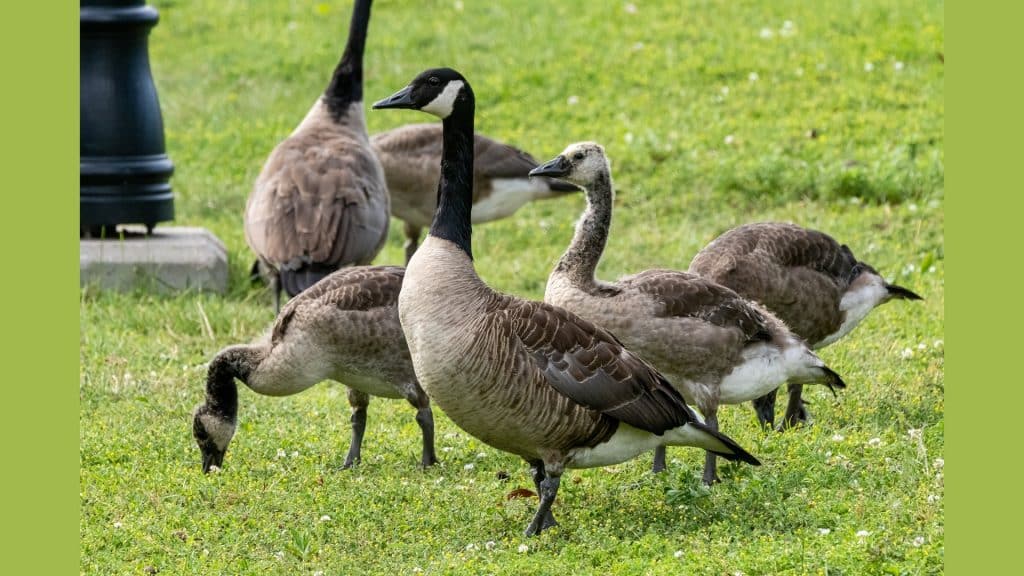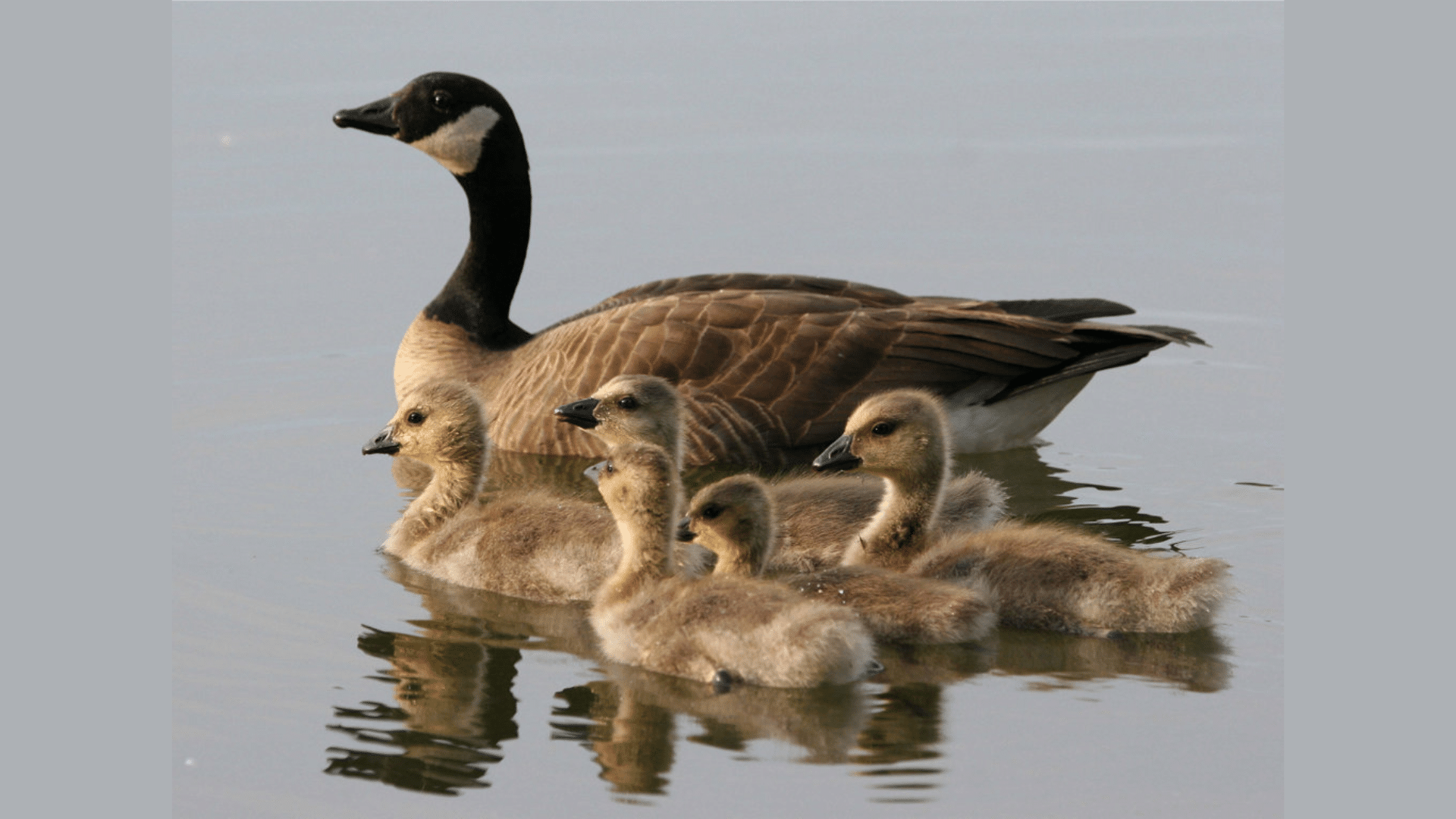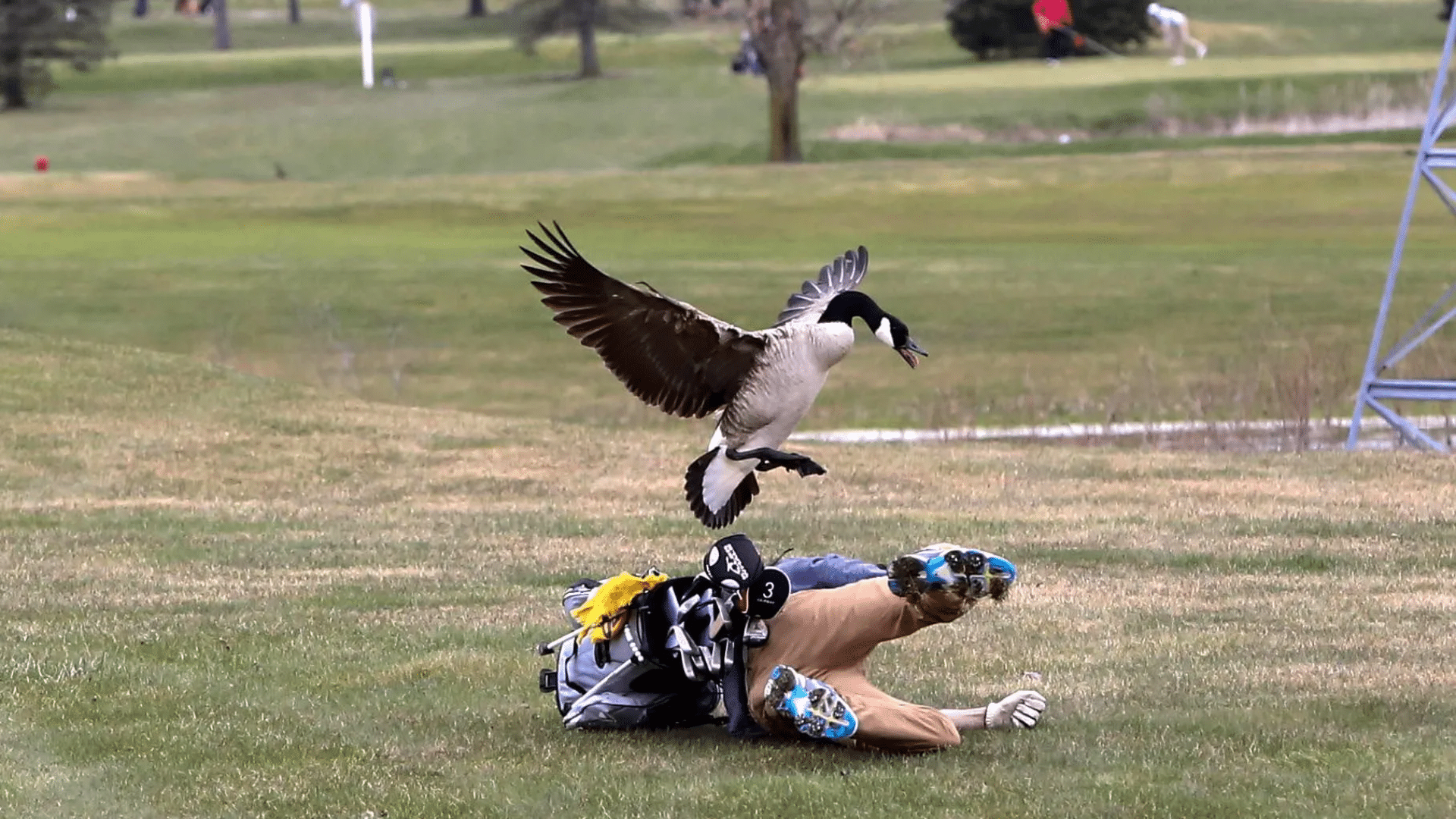Look, I will be honest with you – I used to think geese were just oversized ducks with attitude problems.
That was until one particular spring morning when I made the mistake of walking too close to what I thought was an empty patch of grass.
Big mistake.
Suddenly I am being hunted down by what felt like a feathered velociraptor, and I am genuinely wondering if I need to call in sick because of a goose incident.
Turns out, these birds do not mess around when it comes to protecting their families.
Stick around to know, exactly what went down and the survival tricks I learned so you do not end up sprinting through a park like I did.
Geese and Their Role in the Environment
Geese play a key part in many ecosystems worldwide. These water birds help with seed movement and plant growth as they travel between different areas.
When geese eat plants in one location and move to another, they spread seeds through their droppings.
Their grazing habits also help maintain plant life in wetlands and grassy areas.
By eating certain plants, geese can prevent faster-growing species from taking over, helping to keep plant variety high in these spaces.
Geese droppings add nutrients to soil and water, feeding plants and small aquatic life. This creates a food chain effect that supports fish and other animals in the area.
During migration, geese feed predators like foxes and coyotes. Their eggs and young also feed many smaller hunters.
Why Geese Are Aggressive
Geese show strong defense actions when they feel their space is under attack. These birds form close family bonds and guard their nests, young, and feeding spots with great care.
Most goose attacks happen during spring and early summer when they have eggs or baby geese to protect.
The male goose, called a Gander, takes the main job of keeping the family safe from threats, which might include humans who get too close.
Geese Are Very Loyal to Their Mates and Young:
- They guard their nests with strong attacks
- Most geese attacks occur during nesting season
- Geese remember people who scare them
- Male geese act more fierce than females
Geese As a Danger to Humans
Geese become most risky to people during nesting season, which runs from March to June. During this time, they guard a space about 50-100 feet around their nests.
They also get upset when people feed them and then stop, or when people run away, which makes the geese think they won their fight.
| SITUATION | RISK LEVEL |
|---|---|
| Walking near a nest | Very High |
| Feeding then stopping | Medium |
| Running away | High |
| Making eye contact | Medium |
| Wearing bright colors | Low |
| Playing near goslings | Very High |
How Do Geese Attack Humans
When geese feel threatened, they have a set attack pattern they follow. First, they warn with loud hisses and neck stretching. If you don’t back off, they may move to more scary acts.
Geese use their whole body when they attack.
While not all goose attacks cause major harm, they can still scare people and cause falls or other accidents when people try to run away.
- Hissing and Neck Stretching: This first warning sign shows a goose feels upset. The bird will stretch its neck toward you and make loud hissing sounds to scare you off.
- Wing Spreading: The goose will spread its wings wide open to look bigger and scarier. This makes the bird seem much larger than its real size.
- Charging: If you don’t leave after the first signs, the goose will run or fly at you with speed. They can move fast and aim right for the person.
- Biting: Geese have small bumps called “teeth” on their bills and tongues. They can give a pinch-like bite that may leave marks or small cuts.
- Wing Beating: Geese hit with their wings during attacks. These hits feel like hard slaps and might leave bruises on arms or legs.
- Chasing: Once a goose starts an attack, it often keeps going. The bird may chase a person for quite a long way, even after they’ve left the nest area.
Tips to Avoid Getting Hurt
Staying safe around geese means knowing how they act and what makes them upset. With some basic steps, you can lower your chances of facing an angry goose.
The good news is that most geese won’t attack unless they feel you’re a threat to them or their young ones.
- Stay at least 100 feet away from nests and baby geese during spring and early summer. If you see a goose pair with small, fuzzy goslings, take a different path to give them space.
- Don’t feed geese, even if others do. Feeding makes geese expect food from all humans, and they may get mad when you don’t give them any.
- If a goose starts to hiss or stretch its neck at you, slowly back away while keeping your front toward the bird.
- Don’t turn your back or run, as this may cause the goose to chase you.
- Keep your arms close to your body if a goose comes near you. Big arm moves can seem like wing flaps to geese and make them think you want to fight.
- Carry an open umbrella when walking in parks with many geese. You can open it between you and the goose if one starts to act mean.
Summing It Up
Geese can hurt people, but with the right steps, you can stay safe around these birds. Remember that geese act tough mostly to protect their nests and young ones.
Most goose problems can be avoided if you keep your distance, avoid feeding them, and move slowly near them.
Next time you visit a park with geese, use these tips to enjoy their beauty from a safe distance.
Your knowledge can help others, too, so share what you’ve learned. Want to learn more about wildlife safety? Leave your questions in the comments below!






















